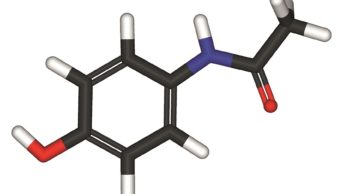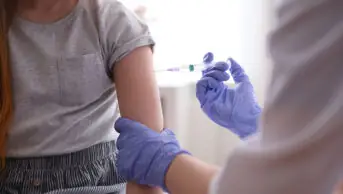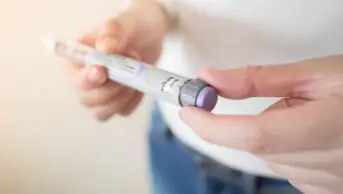The Medicines and Healthcare products Regulatory Agency (MHRA) is calling for information that will help establish whether there is a link between the hormonal pregnancy test used in the 1960s and 1970s and birth defects.
In 1967, evidence began emerging that the test might be associated with congenital abnormalities and the product was withdrawn in 1978. Since then, many of the affected children and families have campaigned for justice. However, proving that the test is the cause of birth defects has not been straightforward.
In October 2014, the UK government committed to a review to establish whether there is grounds for accepting a link. As part of this review, the UK medicines regulator, the MHRA, is asking that individuals and organisations submit information that they feel is relevant. An outcome is expected in early 2016.
A previous review of the evidence was conducted in March 2014 by the MHRA. It concluded that there is insufficient evidence that the hormonal pregnancy test is definitely associated with birth defects. However, most of the 36 studies that were analysed were conducted 20–40 years ago and the MHRA notes that data are of poor quality.
The hormonal pregnancy test consisted of two pills, one containing norethisterone acetate 10mg and the other ethinylestradiol (0.02mg). The pills were designed to indicate if a woman was not pregnant by inducing menstruation. One of the products was called Primodos, manufactured by Schering (now called Bayer). These tests have since been replaced by tests that measure hormones in the urine.


